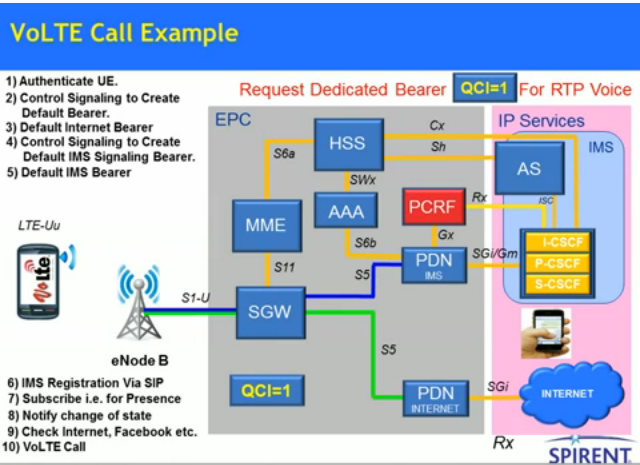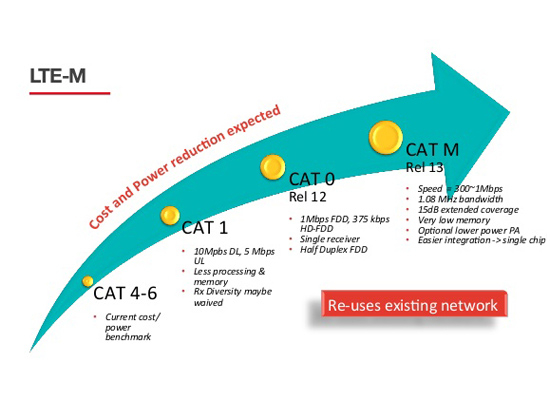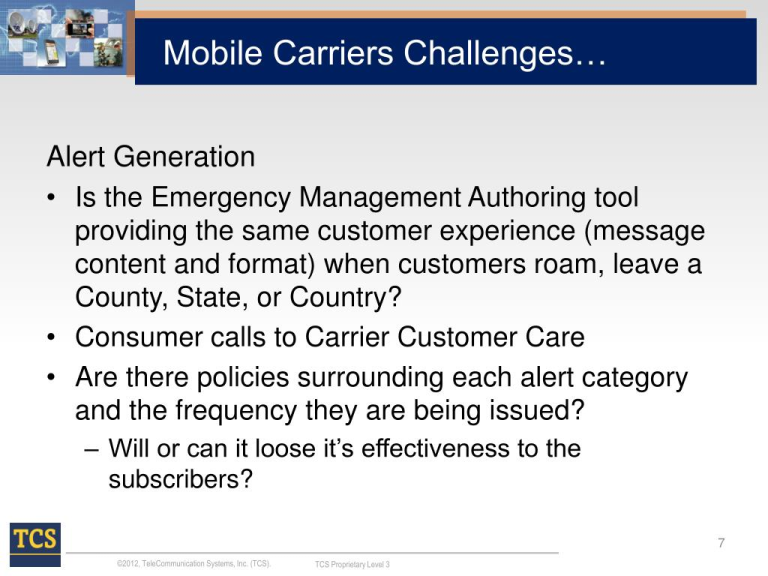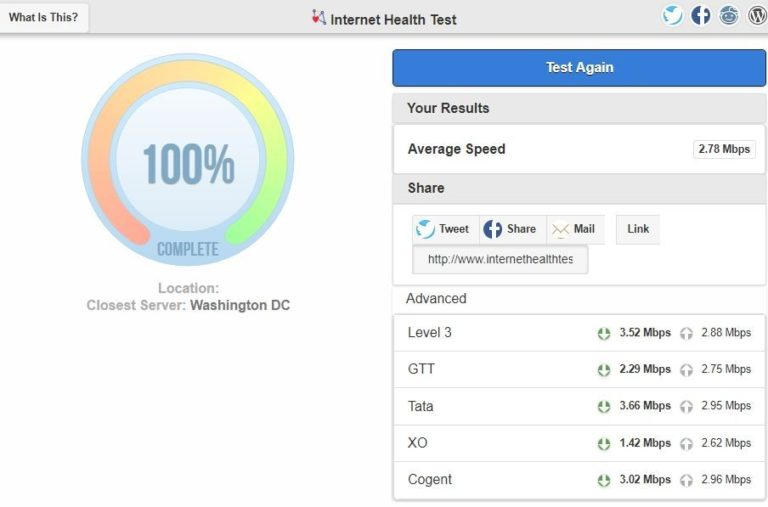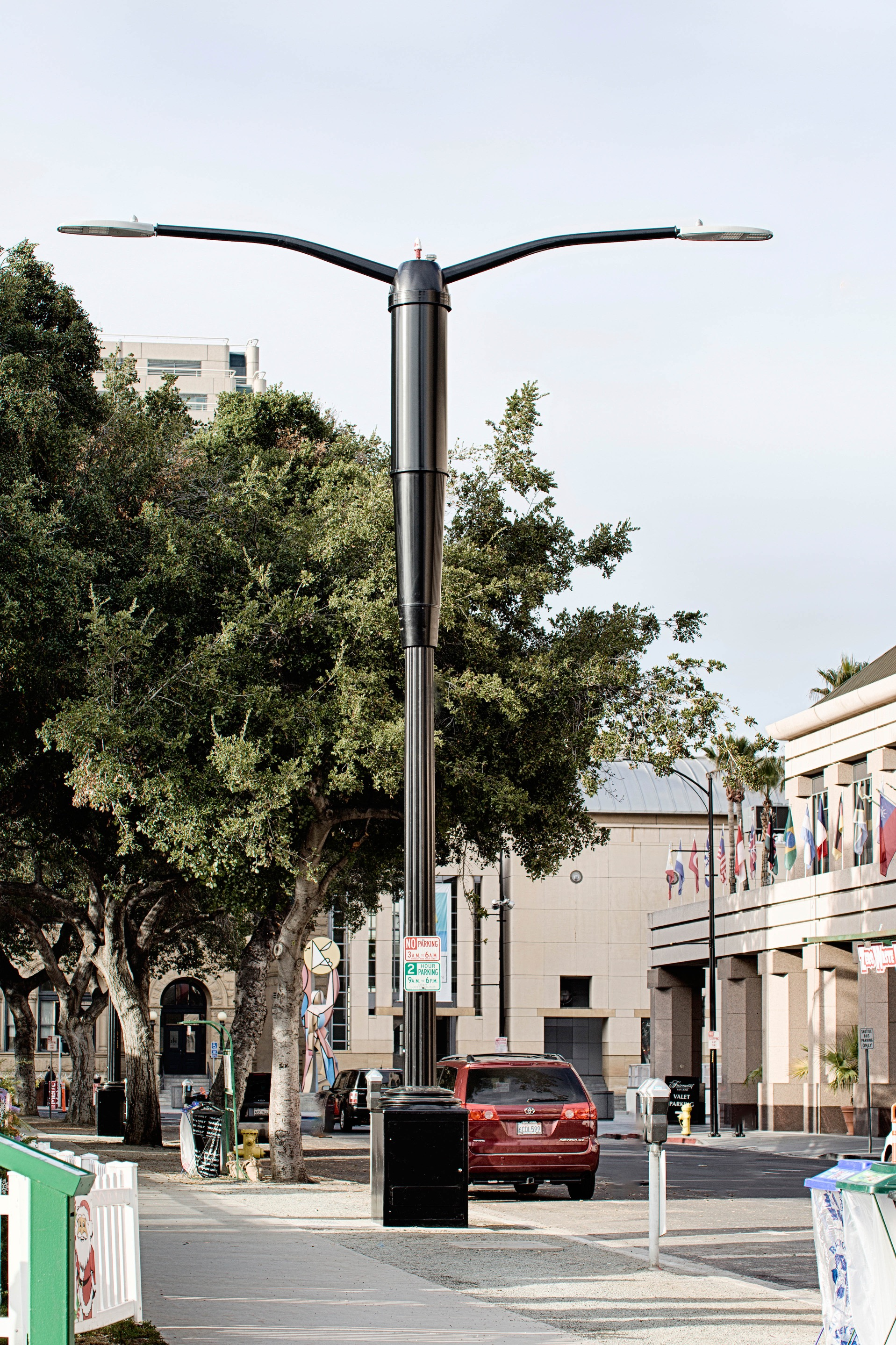
San Jose SmartPoles represent a revolutionary leap in smart city technology, as the city has begun the installation of 50 innovative poles that seamlessly integrate LTE wireless transmission with energy-efficient LED street lighting. These SmartPoles are not just ordinary street lights; they feature advanced custom energy meters to monitor electricity consumption, addressing the city’s goal of sustainability. This initiative is part of a broader smart city strategy aimed at leveraging cutting-edge Internet of Things (IoT) initiatives to enhance urban living. With Philips supplying the energy-efficient LED lighting and Ericsson providing LTE technology, the installation promises to not only improve light quality but also enhance cellular connectivity in crowded areas. San Jose’s advancement in smart infrastructure exemplifies a commitment to modernizing its urban environment while fostering collaborations that drive efficiency and sustainability.
The deployment of San Jose’s innovative poles introduces a sophisticated facet of urban infrastructure, incorporating advanced wireless solutions and modern lighting systems. These cutting-edge structures embody the city’s ambitions for a connected environment, utilizing state-of-the-art communication technology alongside sustainable illumination methods. The SmartPoles serve as a focal point for community enhancement, promoting a smarter, safer, and more efficient urban space through integrated sensor networks. As they help optimize energy use and monitor environmental conditions, these high-tech installations are paving the way for a new era of metropolitan living. The initiative highlights San Jose’s commitment to embracing smart technology as a means of improving the quality of life for its residents.
The Rise of Smart City Technology in San Jose
San Jose is paving the way for future urban development through its innovative smart city technology initiatives. The installation of 50 SmartPoles is a prime example of how cities can integrate advanced technology to enhance urban living. These SmartPoles not only provide LED street lighting but also support LTE wireless transmission, which improves connectivity in densely populated areas. With the increasing reliance on the Internet of Things (IoT), the SmartPoles embody the ideal combination of sustainable urban infrastructure and digital connectivity, ensuring that residents enjoy better services while contributing to energy efficiency.
The incorporation of smart technology in public spaces marks a significant stride toward building a more sustainable environment. In addition to enhancing connectivity, these SmartPoles are designed with custom energy meters to monitor electricity usage effectively. This allows for greater transparency in energy consumption, while contributing to the city’s goals of reducing its carbon footprint. By combining multiple technologies into one unit, San Jose is transforming how cities think about infrastructure, making strides toward smarter, environmentally conscious urban living.
The Role of LED Street Lighting in Urban Development
LED street lighting represents a major advancement in energy-efficient lighting for urban areas. The SmartPoles in San Jose utilize Philips’ LED technology to deliver bright, efficient light that can be adjusted based on real-time needs. This dimmable feature not only enhances safety for pedestrians and motorists but also reduces energy costs significantly. Cities are increasingly recognizing the benefits of transitioning to LED solutions, which are not only longer-lasting but also consume up to 75% less energy compared to traditional street lighting.
Furthermore, the integration of LED street lighting within the SmartPole initiative provides a dual benefit of enhancing aesthetic appeal alongside functionality. As cities seek to improve public spaces, the ability to control lighting dynamically offers opportunities for events and seasonal decorations, further engaging the community. This approach demonstrates how urban environments can blend sustainability with modernization, ensuring that public spaces are both functional and inviting.
Empowering IoT Initiatives with SmartPoles
The deployment of SmartPoles in San Jose forms a foundational layer for future IoT initiatives throughout the city. These poles serve as strategic points for collecting data and extending network capabilities. By enabling the use of LTE wireless technology, they facilitate greater data transmission speeds and connectivity for devices scattered throughout the urban landscape. Through collaborations with partners like Intel, San Jose is leveraging its SmartPoles to gather critical information about environmental factors, thereby improving city management and services.
These initiatives are indicative of a larger trend towards incorporating IoT technologies into everyday urban infrastructure. As cities evolve, the integration of real-time data collection can lead to more informed decision-making and resource allocation. For instance, data gathered from SmartPoles regarding air quality or traffic patterns can be vital for health and safety, pushing urban planning initiatives to be more responsive and data-driven. As this technology becomes more pervasive, it has the potential to significantly elevate the quality of life for city residents.
Advancements in Wireless Data Transmission with SmartPoles
San Jose’s SmartPoles highlight the importance of robust wireless data transmission capabilities in modern urban environments. By utilizing LTE technology, these poles function as mini cellular hubs that enhance coverage and capacity in densely populated areas where signal dropouts typically occur. With Verizon Wireless among the first to utilize these transmitters, the initiative showcases a proactive step towards overcoming traditional communication hurdles often faced in urban settings.
As cities become smarter and more connected, the demand for high-speed wireless data becomes paramount. The increased density of LTE connectivity afforded by SmartPoles enables not only better communication for residents but also supports new technologies that require stable internet connections. This includes smart surveillance systems, environmental monitoring sensors, and many other IoT devices that contribute to a city’s infrastructure, ensuring that essential services run smoothly and efficiently.
Energy Monitoring for Sustainable Urban Living
The SmartPoles initiative in San Jose also emphasizes the critical role of energy monitoring in promoting sustainable urban living. By incorporating custom energy meters atop the poles, the city can accurately track energy consumption from the LTE transmitters. This real-time monitoring not only aids in understanding energy usage patterns but also helps the city craft strategies to lower consumption and enhance efficiency. Through partnerships with firms like PG&E and Philips, San Jose is ensuring that its energy strategy aligns with its sustainability goals.
These energy meters provide transparency and accountability in energy usage, setting a precedent for future projects across the city. By minimizing the physical footprint of traditional energy measurement systems, like separate utility cabinets, the SmartPoles contribute to a cleaner, less cluttered urban environment while optimizing energy efficiency. This approach underscores San Jose’s commitment to integrating smart environmental practices within city infrastructure.
Community Impact and Engagement with SmartPoles
The introduction of SmartPoles in San Jose signifies more than just technological advancement; it represents an opportunity for increased community engagement. City officials, including Mayor Sam Liccardo, have highlighted the initiative as a way to enhance the quality of life for residents through connected services and improved safety in public spaces. By involving local citizens in discussions about smart city projects, the city aims to foster a sense of ownership and inclusivity in the urban development process.
The ability to harness data from SmartPoles is not limited to city planning; it can also empower residents by providing them with real-time information on local conditions such as traffic, air quality, and other relevant metrics. This transparency encourages community involvement in local governance, fostering a collaborative atmosphere where residents can actively participate in making informed decisions that affect their daily lives. As more residents engage with these innovative initiatives, the SmartPoles could catalyze a stronger community that embraces technology for overall betterment.
Future Expansion of SmartPoles Beyond Initial Deployment
While the initial deployment of 50 SmartPoles marks a significant milestone, the future expansion of this technology indicates a broader vision for San Jose. Mayor Liccardo has suggested that the city is prepared to scale up the initiative, contingent upon the success of the pilot project. This willingness to expand showcases San Jose’s commitment to leveraging technology not just for immediate improvements, but as a foundational element for sustained growth and development.
The potential benefits of expanding the SmartPole initiative are immense. Enhanced connectivity provided by additional poles could facilitate the integration of more smart technologies across the city. This could lead to the centralization of data collection, creating a more comprehensive understanding of urban dynamics. As San Jose continues to innovate, the SmartPoles could serve as a model for other cities looking to modernize their urban infrastructure while fostering efficient, connected environments.
Partnerships Driving Smart City Innovations
Successful implementation of projects like the SmartPoles in San Jose is heavily reliant on strategic partnerships with technology firms. Collaborations with industry leaders such as Intel, Ericsson, PG&E, and Philips have brought valuable expertise and resources to the table, making it possible for the city to execute its ambitious smart city plans. These partnerships are crucial in ensuring that the technologies put in place are not only cutting-edge but also tailored to meet the specific needs of the city.
By pooling resources and knowledge through these collaborations, San Jose has positioned itself as a leader in the smart city movement. This cooperative approach encourages further innovation as new technologies can be integrated seamlessly into existing frameworks. Moreover, it lays the groundwork for continued investments in urban infrastructure improvements, demonstrating the power of teamwork in overcoming traditional barriers to urban development.
Addressing Challenges with SmartPole Technology
With any new technology, there are inherent challenges that must be addressed to ensure successful implementation. In the case of the SmartPoles, San Jose faced obstacles such as previous thefts of copper wiring which crippled many streetlights. This historical context illustrates the significance of integrating advanced technologies that not only enhance urban infrastructure but also safeguard against future vulnerabilities. The use of SmartPoles has emerged as a proactive solution to these challenges, reinforcing the reliability of street lighting and connectivity.
Additionally, balancing the needs of a growing population with sustainable practices poses ongoing challenges. The SmartPole initiative addresses this by focusing on energy efficiency and minimized environmental impact. By utilizing advanced monitoring systems and energy-efficient LED lighting, San Jose is striking a balance between modernization and sustainability, paving the route for more resilient urban areas.
Frequently Asked Questions
What are San Jose SmartPoles and how do they enhance smart city technology?
San Jose SmartPoles are innovative streetlight structures that integrate LTE wireless technology with energy-efficient LED street lighting. They are part of San Jose’s broader smart city initiative, leveraging smart city technology to improve connectivity and reduce energy consumption.
How do LED street lighting and LTE technology work together in San Jose SmartPoles?
The San Jose SmartPoles use energy-efficient LED street lighting, provided by Philips, which can be wirelessly adjusted to change brightness levels. This lighting is combined with LTE technology from Ericsson to enhance wireless data transmissions, particularly in densely populated urban areas.
What role do custom energy meters play in the San Jose SmartPole project?
The custom energy meters installed atop the San Jose SmartPoles monitor the electricity consumed by the LTE wireless transmitters. Developed by PG&E and Philips, these meters help optimize energy efficiency and reduce clutter on city sidewalks by eliminating the need for separate utility cabinets.
How does the San Jose SmartPole initiative support IoT initiatives in the city?
The San Jose SmartPole initiative supports IoT initiatives by providing a fiber optic backbone that connects various smart components. This infrastructure is crucial for gathering data and improving services in urban environments, contributing to the city’s smart city goals.
Who is responsible for funding the San Jose SmartPole infrastructure?
The partners involved in the San Jose SmartPole project, including technology firms like Verizon Wireless, Philips, and PG&E, are funding all the infrastructure costs. As a result, the city of San Jose is not incurring any capital expenses for this initiative.
What benefits do San Jose SmartPoles provide in terms of wireless data transmission?
San Jose SmartPoles enhance wireless data transmission by leveraging LTE technology, which increases network density. This is especially beneficial in congested areas where signal dropouts are common, ensuring more reliable connectivity for residents and businesses.
What future plans does San Jose have for expanding the SmartPole project?
San Jose has plans to expand the SmartPole project beyond the initial 50 units, depending on the success of the initial deployment. Continued evaluation of the pilot program will guide future expansions of this smart city technology.
How does the San Jose SmartPole project contribute to environmental monitoring?
The San Jose SmartPole project is part of a larger effort that includes deploying sensors to monitor air pollution, noise, traffic flow, and water quality. This data collection enhances environmental awareness and quality of life in the community.
| Key Point | Details |
|---|---|
| Installation of SmartPoles | San Jose is installing 50 SmartPoles combining LTE and LED technology. |
| Purpose | The SmartPoles are part of a smart city initiative to improve urban infrastructure. |
| Technology Partners | Intel, Ericsson, PG&E, and Philips are collaborating on this project. |
| Energy Meters | Custom energy meters monitor the electricity used by the LTE transmitters, minimizing street clutter. |
| Adjustable Lighting | The lighting can be wirelessly adjusted to optimize brightness levels. |
| Telecommunications Collaboration | Verizon Wireless is the first carrier to utilize the LTE transmitters for better connectivity. |
| Funding Model | The project is funded by partners, with no capital costs to the city. |
| Future Expansion | The success of the initial poles may lead to further installations. |
Summary
San Jose SmartPoles represent a significant step towards enhancing urban infrastructure through cutting-edge technology. The city’s initiative to install these innovative poles combines wireless LTE communication with energy-efficient LED street lighting, forming part of a broader smart city vision. Moreover, the collaborative funding model allows San Jose to advance its technological capabilities without incurring capital costs, highlighting the city’s commitment to sustainability and modernization. This project promises improved connectivity and environmental monitoring, setting a precedent for smart city developments in the future.
